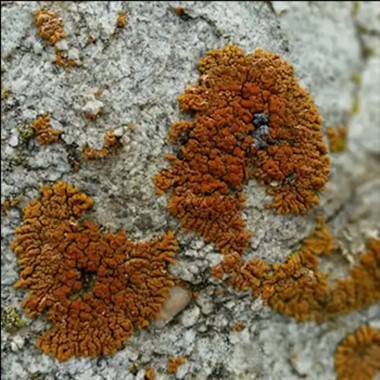ECOLOGICAL MANAGEMENT: ASSOCIATION
CONTENT
- Types of Associations
- Features of Biological Importance Possessed by Organisms of an Association
Types of Associations
Ecology is defined as the study of living organisms and the relationships or interactions between them and their environment. The interactions between plants and animals in their environment are usually described as biotic interactions or associations. There is a close association between the biotic and abiotic components of the environment. Both affect each other and are equally important for the ecosystem.
Symbiosis
Symbiosis is a term for all associations in which all or some of the species involved benefits or loses. It is interdependence of different species, which are sometimes called symbionts. Based upon the specific relationship between the species involved in a symbiotic association, at least one member benefits. There are three main types of symbiosis
Symbiotic relationships may be grouped as:
- Parasitism
- Mutualism
- commensalism

Lichens of the Splash Zone of the Intertidal Region
Lichens are actually a combination of two entirely different types of living organisms, an alga and a fungus.
- NEW: Download the entire term's content in MS Word document format (1-year plan only)
- The complete lesson note and evaluation questions for this topic
- The complete lessons for the subject and class (First Term, Second Term & Third Term)
- Media-rich, interactive and gamified content
- End-of-lesson objective questions with detailed explanations to force mastery of content
- Simulated termly preparatory examination questions
- Discussion boards on all lessons and subjects
- Guaranteed learning